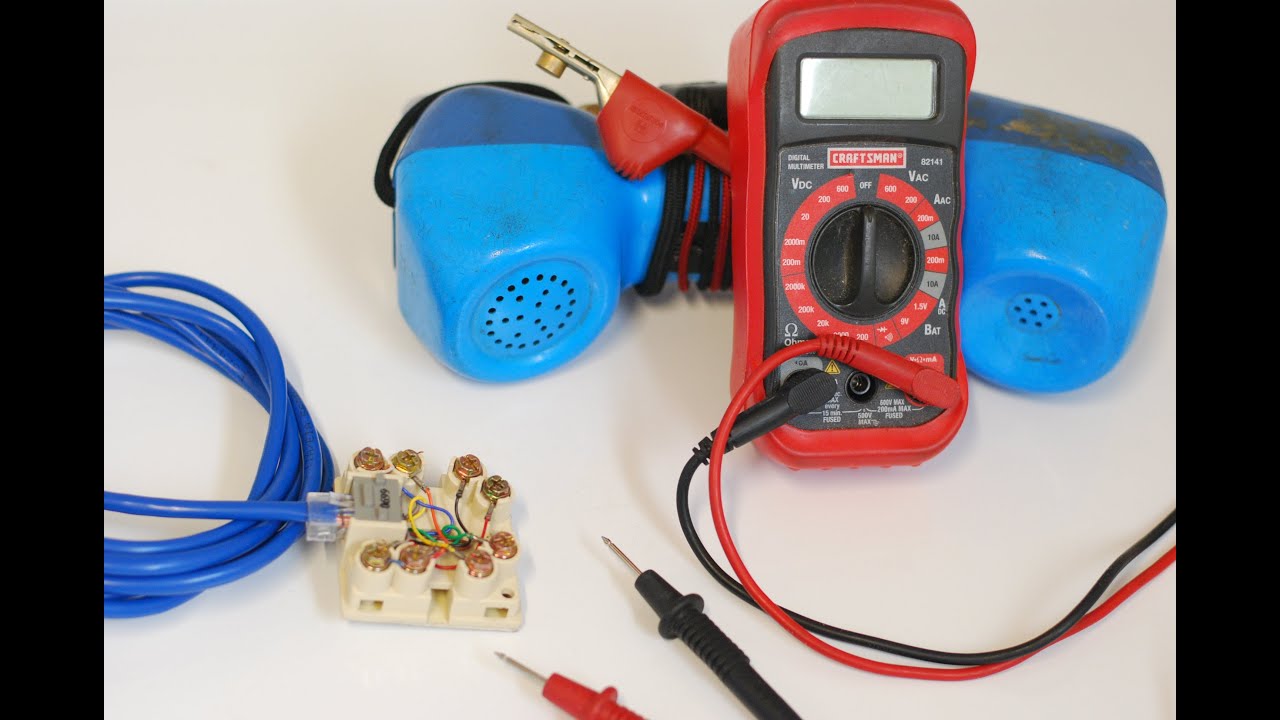Understanding how POE is delivered is critical to troubleshooting problems that involve Power Over Ethernet. Many small network devices that were previously powered by 110 volt wall adapters now rely on P.O.E. POE rides over the same network cable that is also used to transmit and receive network data. This is done by putting +48v DC on the Blue and Brown pairs. The Blue is the positive side and the Brown in the negative side. POE is delivered in one of two ways: First, it can come from the ports on the network switch. A switch must be POE capable for this. Second, instead of using a POE switch a device called a "POE injector". An injetor has to be put in the middle of the network path somewhere between the network switch and the device. Typically, this is done in the MDF (network room). However, it's also permissible to put the Injector near the end device. CAUTIONS: While it's never a good practice to directly short (cross positive and negative wires) on a POE port, most quality POE switches and injectors should be tolerant of this and disable the power as soon as a short is detected. Not all injectors are the same and it would be advisable to do your diligence to be sure the injector you are using is appropriate for the network device you intend to connect. Most POE switches and injectors conform to the 802.11af standard.
Free Shipping
On All U.S. Orders $50+




Leave a comment